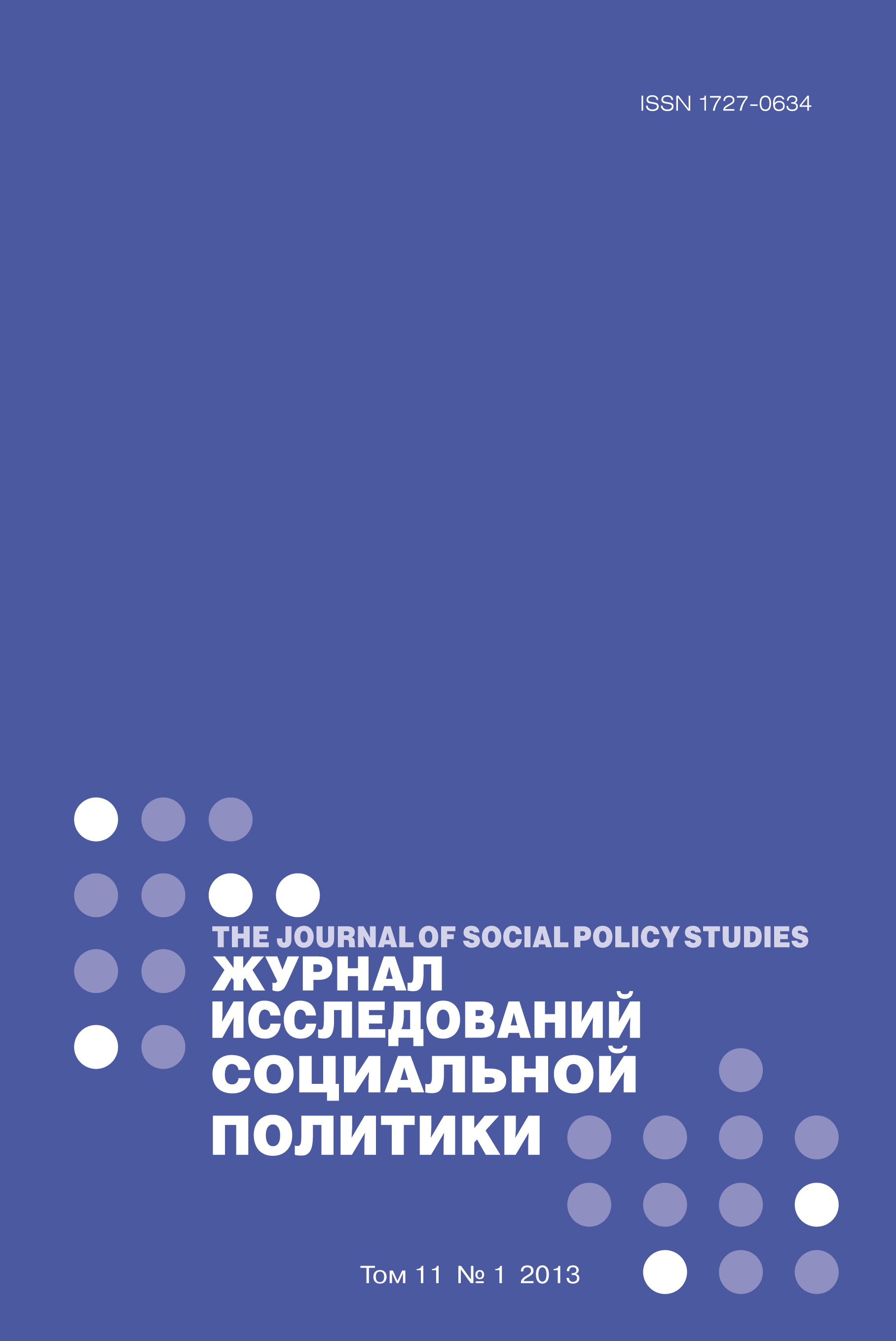Assisted Reproductive Technologies in Russia: History, Problems, Demographic Prospects
Abstract
Throughout the developed world, as we move from the industrial to the post-industrial age, changing lifestyles and economic pressures have seen a serious decline in traditional reproductive methods. Given the alarming demographic decline in the Russian Federation, the increased use of Artificial Reproductive Technologies (ART) could only be considered to be reasonable. An analysis of statistical data of international In-Vitro Fertilization (IVF) and the Russian register of ART levels since 1996 demonstrates that ART can seriously change the quantitative and qualitative figures for national birth rate, can modify economic-demographic processes and form new social, legal and ethnical norms in society. In conditions of population decline, any reproductive choice, from living childfree to having many children, reflects a realization of the reproductive rights of the individual. It is clearly impossible to increase the birth without the use of new methods in the Russian environment. The share of ART-births in the annual Russian birth rate does not exceed 0,5%, lower than many of its neighbors in the West, considering Denmark has as high as a 4–5% rate. Using ART for infertility treatment needs special attention in accordance with the most advanced state programs which entail the use of surrogacy, reproductive donation, cloning, posthumous insemination, reduction of embryos, and also «laboratory» programs connected to the use of unclaimed embryos, stem and sexual cells. This article traces the evolution of ART in Russia, from the Soviet era up to an overview of current state measures in place to promote this. This is placed in comparison to developments within this field in the Western countries. What is revealed is a surprising lack of urgency on the part of the Russian state to utilize this option, despite a looming demographic crisis. The advice of this study is for an increase in state funding to the levels of developed world, as the use of ART technology is demonstratively cheaper and more efficient than other methods for increasing birth rates.















